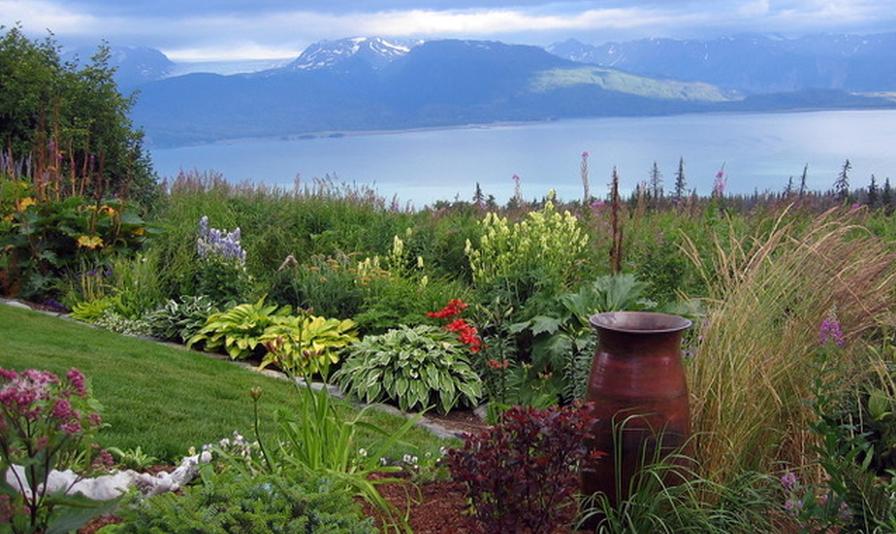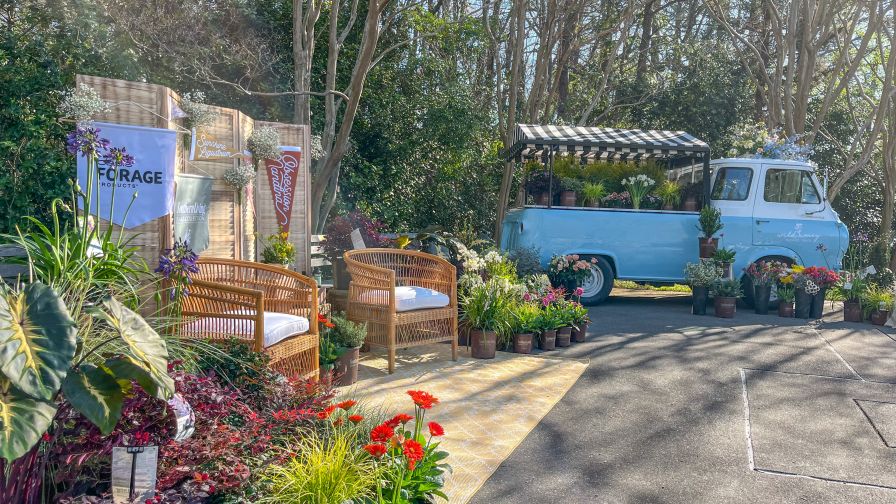Great News! People Are Paying Attention To Plants

Plants are in — no matter where you live. One visit to a garden center will highlight the rising interest among homeowners in renovating their landscapes.
Photo by Allan Armitage
It has been tough to get out and about in the industry these days. In fact, many of us are getting a wee bit stale. Like fish, we need to swim, or we get caught in an endless eddy. And like fish, we start to smell after a while.
However, as I read recent issues of Greenhouse Grower and other respected magazines and op-eds, and as I glance at the infinite stream of social media concerning plants, gardening, and the landscape, I have made a few observations I want to share with you.
The Attention Economy
“A wealth of information creates a poverty of attention and a need to allocate that attention efficiently.” ‒ Herbert Simon, 1971
In a recent New York Times interview, former physicist Michael Goldhaber recalled that even in the mid-1980s there was an information glut. That is, there was simply more access to news, opinions, and entertainment than one could possibly handle. As the situation amplified, he, among others, coined the term attention economy.
His epiphany was this: one of the most finite resources in the world is human attention. If you pay attention to one thing, you do not pay attention to something else (in other words multi-tasking dilutes the ability to do each task well).
Attention is sought after by the loudest voice and is a highly desired currency. That is most obvious by the ubiquitous use of social media like TikTok and Twitter and the rise of a newly anointed group called influencers.
Goldhaber wrote, “Our abilities to pay attention are limited. Not so our abilities to receive it. The value of true modesty or humility is hard to sustain in an attention economy.”
What does this have to do with plants or the business of horticulture? We are part of the human landscape and our attention is also diluted, and even hijacked. For us in the business of horticulture, let us not ignore Goldhaber’s favorite maxim from the writer Howard Rheingold: “Attention is a limited resource, so pay attention to where you pay attention.”
There Is Far More Positive Attention on What We Do
I have not been able to step in a greenhouse or walk a trade show floor for over a year, so I confess to a bit of smelly staleness myself. However, it does not take an economist to feel the seismic shifts of people, young and old, embracing the very things we do. I don’t have to look at statistics about the millions of new gardeners, or the trends toward houseplants and succulents. I just have to walk into a garden center, a box store, or do a Facebook Live walkabout in my garden to feel the brisk breezes of more people wanting to play in the dirt.
Just in the past year, five friends who wouldn’t have known a camellia from a petunia have become plant people, wanting to propagate everything in sight, and even putting up a small plastic greenhouse. They are driving me crazy. Perhaps this will all go away once COVID-19 is a memory, but then again, perhaps not. While one year under very exceptional circumstances cannot be considered a precise sample, I am quite comfortable letting others know we have attained the lofty peak of being essential.
Age Is Catching Up to All of Us
I am happy to see millennials in the spotlight of marketing and promotional campaigns, but in the real world of buying plants and spending money, the older folks still have a lot to say. And one thing that cannot be denied is that everyone is getting older. Perhaps because my back aches more and I seem to crave a nap after working outdoors, I may be a little biased. But just when I was thinking I may be an island, I read Marta Maria Garcia’s piece on trends shaping the industry in Greenhouse Grower’s February 2021 issue. One of her major observations was “The Rise of an Aging Population.”
Age does have a few perks: most of us have a little disposable income and are willing to spend it on ourselves. When I walk into a garden center or box store, there are far more over-50 folks than ever before. And as for the ability to surf the web for online plant/garden purchases, they take no prisoners. This aging population is spending more money for vegetables and flowers designed for container gardening as well as the containers themselves. Window boxes are going through the roof. Older folks can plant them standing up.
People are buying convenience over labor; digging in the garden is giving way to digging in a container. In that vein, containers of all shapes and sizes can be found everywhere, as well as soils and other necessities for the ever-growing trend of raised-bed gardening. As gardeners age, the low maintenance trend (actually a necessity) simply amplifies the need for compact plants (no staking) in all categories. To them, excellent-performing plants are far more important than the fact they are new.
Without doubt, the over-50s have more time due to COVID, and they may go away, but, as for me, I agree with Marta Maria.
Newness vs Solutions
Among the must-know things that my crazy and wild new-age friends above do not yet ask about is new cultivars. They are getting their plant-legs under them and want more answers on the deer, sun/shade, and pruning/pinching solutions than they do on what’s new. I have talked ad nauseum about the trend towards solution gardening and will relent, but just a little. It is real, and it is particularly real for all the newbies coming in and the old folks staying with us.
I have also stated ad nauseum that new plants are the lifeblood of our industry, and still firmly believe it. The two are not at all incompatible.









